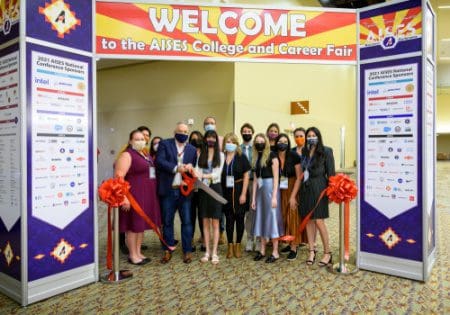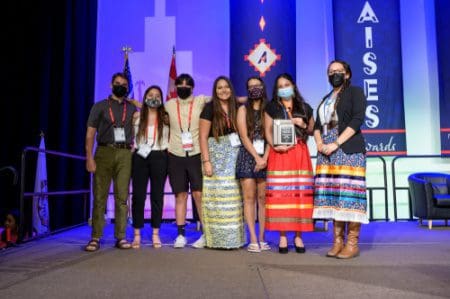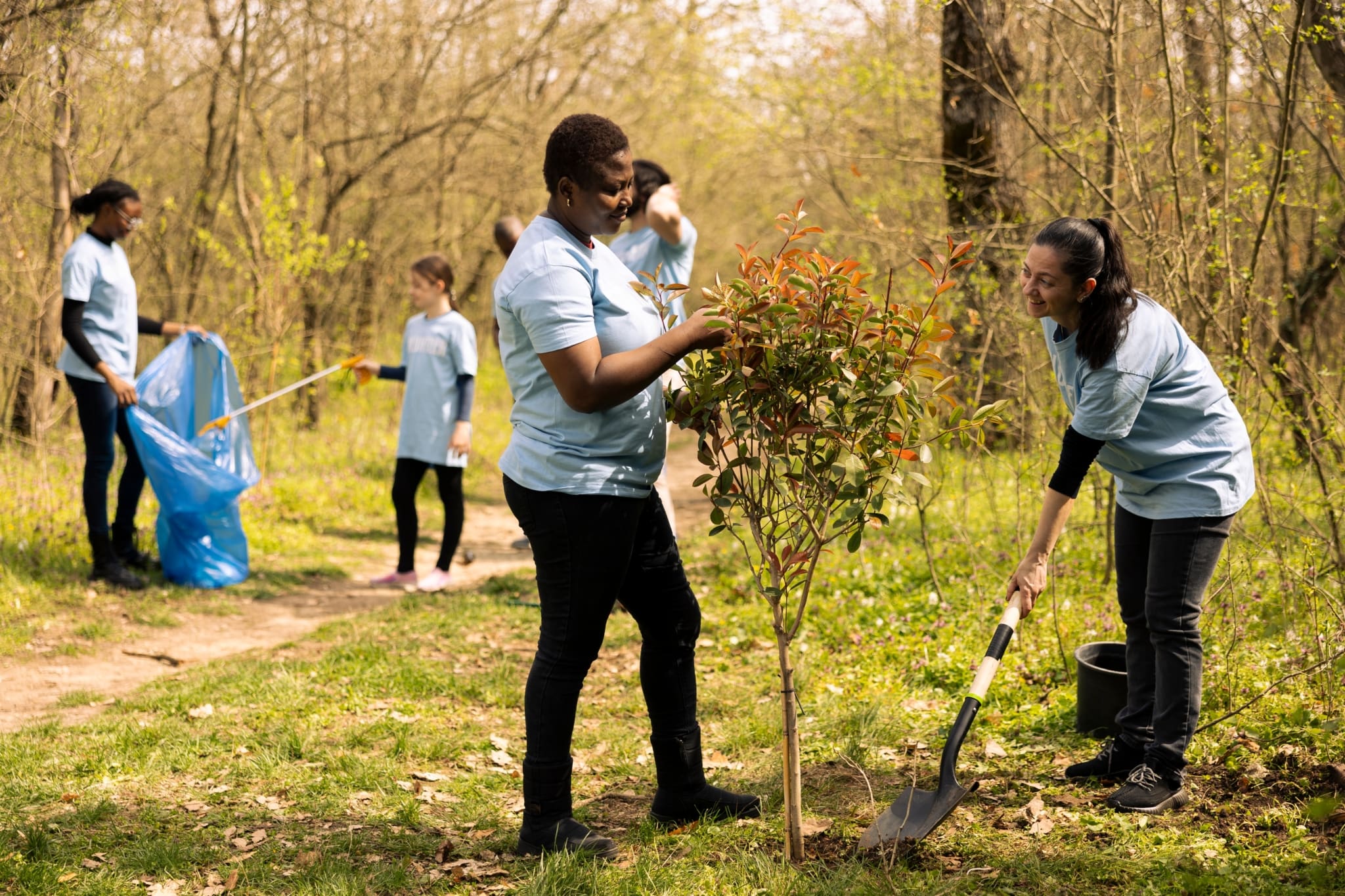The United States needs to fill millions of science, technology, engineering, and mathematics (STEM) jobs in the coming years to ensure the economy can progress and people nationwide can enjoy innovation for decades.

Sarah EchoHawk (Pawnee)
One study estimates the nation will have 3.5 million STEM job openings by 2025 – but many employers are encountering difficulties finding workers for these coveted jobs. For many employers, filling STEM jobs might mean doing so extremely quickly, given fast-changing market demands and fierce industry competition.
For the American Indian Science and Engineering Society (AISES), an Independent Sector member in Albuquerque, a larger question exists: In the rush to fill jobs, are employers aware of as many qualified job candidates as possible, especially among diverse Indigenous communities, so that they don’t overlook the full richness of human potential?
Sarah EchoHawk (Pawnee), CEO of AISES, says this framework and awareness raising are critical to making progress for Indigenous peoples, employers in the U.S., and greater society. “We’re the First Americans. This is our homeland, and a lot of times, we’re left out of these conversations,” EchoHawk says.
“The Indigenous worldview is about the collective. It’s about the community and the whole,” she adds. “Indigenous people bring a unique approach to problem solving and working within teams. Indigenous people walk in two worlds – their traditional view and the mainstream view. That brings a unique perspective to a team and approach to a problem. There is value there.”
 Since 1977, AISES has been elevating this value, as well as the visibility and representation of Indigenous peoples in North America and the Pacific Islands, in STEM careers and studies. EchoHawk points out there are more than 570 tribal nations recognized by the U.S. government.
Since 1977, AISES has been elevating this value, as well as the visibility and representation of Indigenous peoples in North America and the Pacific Islands, in STEM careers and studies. EchoHawk points out there are more than 570 tribal nations recognized by the U.S. government.
As the nonprofit organization celebrates its 45th anniversary this year, its goals continue to be expansive and inclusive: “The vision of the American Indian Science and Engineering Society…is for the next seven generations of Native people to be successful, respectful, influential, and contributing members of our vast and ever-changing global community.”
“We see this as important for Indigenous peoples so they can find meaningful jobs,” says EchoHawk, who joined AISES as CEO in 2013. “It used to be STEM was part of a sector. Now, it touches all areas of the economy.”
To meet its mission, AISES focuses on student success, career support, and workforce development – all important touchpoints spanning a person’s early education to the following decades. Its K-12 network is vast with 230 affiliated schools for support and education programs. At the college and university level, AISES has 198 chapters. The majority are in the U.S. – and the rest are in Canada – and include two-year schools, tribal colleges, and four-year colleges and universities.

Photo courtesy of AISES
“Often, we’re the only resources for Indigenous students at these colleges,” EchoHawk says, adding AISES offers scholarships, internship information, career fairs, job postings, and a resume database for life after college.
In the past, its annual conference which includes a college and career fair, has attracted over 2,000 participants and 250 exhibitors.
For workforce development, AISES holds regular meetings with employers and educational institutions. EchoHawk says the discussion focuses on building a strong working environment, such as an employee resource groups, for Indigenous workers in STEM jobs.
In many mainstream workplaces, there might be only a few Indigenous employees, and having strong support from an employer helps make for a welcoming, productive work environment.
“It really needs to have the backing of senior leadership of that corporation, agency, or institution,” says EchoHawk. “There is a lot of distrust in Native communities resulting from the long history of federal policies designed to assimilate Native people into larger society. Building a rapport, year over year, makes a difference.”

Photo courtesy of AISES
AISES also uses a broader definition of STEM than the National Science Foundation to include Indigenous traditional knowledge and approaches to science. The nonprofit, which has strong research capabilities, also does work in medicine and public health.
What AISES brings to the STEM discussion about careers, education, and problem solving are lived experiences and knowledge that are relevant today and help build confidence so Indigenous peoples can continue to make societal contributions.
“In the Indigenous world view, the question is often: ‘What is my responsibility?’ It’s more about what can I contribute and offer, what do I need to fulfill, as part of this team, company, or nation. It’s a bigger view. It will be a more inclusive view, and it will examine things on a broader scale. You’ll notice a more collective approach,” EchoHawk says, adding that reciprocity is an important value.
She cites another example of how the Indigenous experience can help challenges today, such as climate change. “For values-based answers, I think about the Hopi people in Arizona. They have farmed corn in the desert since time immemorial. How did they do that? We’ve managed to hang on to that knowledge and relationship,” she says. “When we talk with students, we tell them: ‘We’ve always been scientists. This is part of your collective memory.’”
Since EchoHawk joined AISES, its budget has grown to $10 million this year, up from about $2.5 million in 2013. Its staff also has grown to 40 people, as compared to eight in 2013.
Because the coming years are so important for Indigenous communities and STEM jobs, EchoHawk hopes philanthropy and businesses do not view AISES and its mission-driven work merely as a “shiny object” that is only here for the moment.
“Are we seeing a real commitment to continue this work?” she says, referring to the need for structural and high-level change. “I’d like to see this as part of the DNA of companies. Otherwise, it’s like throwing all this funding at us and walking away.”
She adds: “We’re still not graduating enough students. We’re making progress. This investment is worth it.”
Bradley Wong is director of strategic communications and public relations at Independent Sector. The top photo is courtesy of AISES, a member of Independent Sector. Learn about other Independent Sector members and becoming a member.



